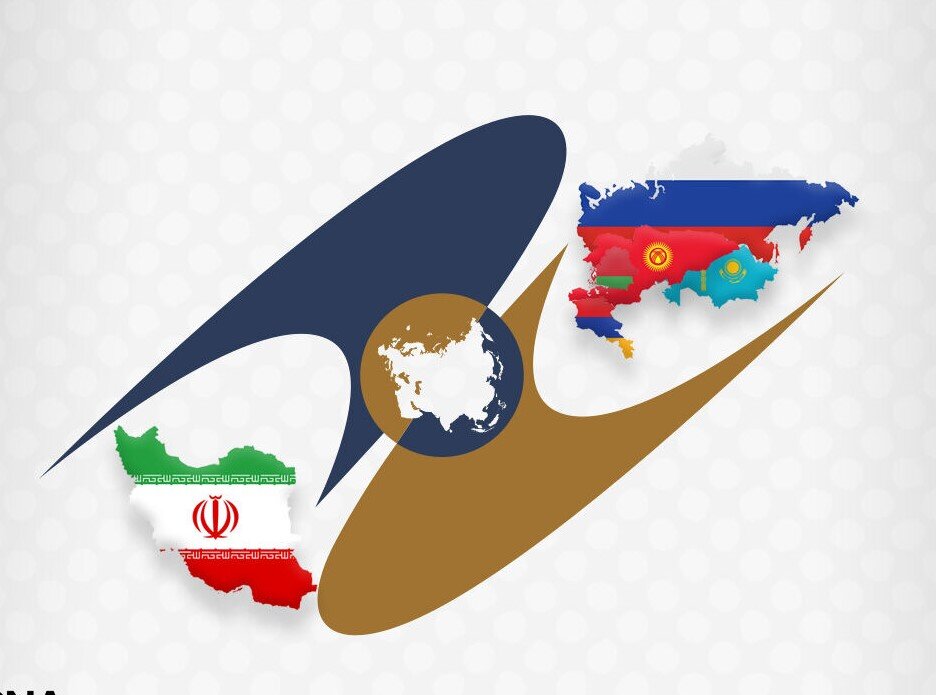Iran’s export to Eurasian countries rises over 20%

TEHRAN – The value of Iran's foreign trade with member states of the Eurasian Economic Union (EAEU) reached $2.704 billion in the first nine months of the current Iranian calendar year (March 20 – December 21, 2024), according to the head of Iran’s Customs Administration (IRICA).
Foroud Asgari, speaking to IRNA's economic correspondent, provided details on Iran's exports and imports with EAEU countries. He stated that Iran's exports to the EAEU amounted to approximately $1.494 billion, reflecting a 20.79 percent increase compared to the same period last year.
He added that the weight of exports during this period was estimated at 3.857 million tons, marking a 21.69 percent rise year-on-year.
Russia, Armenia, and Kazakhstan were the primary destinations for Iran's exports.
Asgari noted that Iran imported goods worth $1.209 billion from the five EAEU member states in the nine-month period, a 19.16 percent decrease compared to $1.495 billion in the same period last year.
The weight of imports stood at 1.626 million tons, representing a significant 45.3 percent decline year-on-year.
Russia accounted for the majority of Iran's imports, with a value of approximately $1 billion and a weight of 1.491 million tons. Kyrgyzstan had the smallest share in Iran’s imports.
The Eurasian Economic Union, an intergovernmental economic bloc, comprises Belarus, Kazakhstan, Russia, Kyrgyzstan, and Armenia, with Uzbekistan, Moldova, and Cuba as observer members.
The EAEU was established in 2014, and its most recent summit was held in early January in St. Petersburg, Russia, where members approved Iran’s observer status in the bloc.
Iran and EAEU have recently strengthened their economic ties by signing a comprehensive Free Trade Agreement (FTA). This agreement, finalized on December 25, 2023, aims to eliminate customs duties on nearly 90 percent of goods traded between Iran and EAEU member states, significantly enhancing trade flows and economic cooperation.
The FTA builds upon a prior interim agreement that had been in place since October 2019, which covered a limited range of 360 commodity items. The new agreement expands this scope considerably, with expectations to boost total trade to $18-20 billion over the next five to seven years. Notably, Iran's average import tariff, previously at 30 percent, will be reduced to 4.5 percent, resulting in annual savings of approximately $380 million in duties. Similarly, tariffs on Iranian goods entering EAEU markets will decrease from an average of 6.6 percent to 0.8 percent.
The EAEU views this agreement as a strategic move to deepen economic integration with Iran. The FTA is anticipated to come into effect in early 2025, following the finalization and communication of the agreement by the end of January 2025.
This development is part of a broader effort by both Iran and the EAEU to enhance regional economic cooperation and reduce trade barriers. The agreement is expected to facilitate increased market access, diversify export portfolios, and strengthen economic resilience amid global economic challenges.
EF/MA
